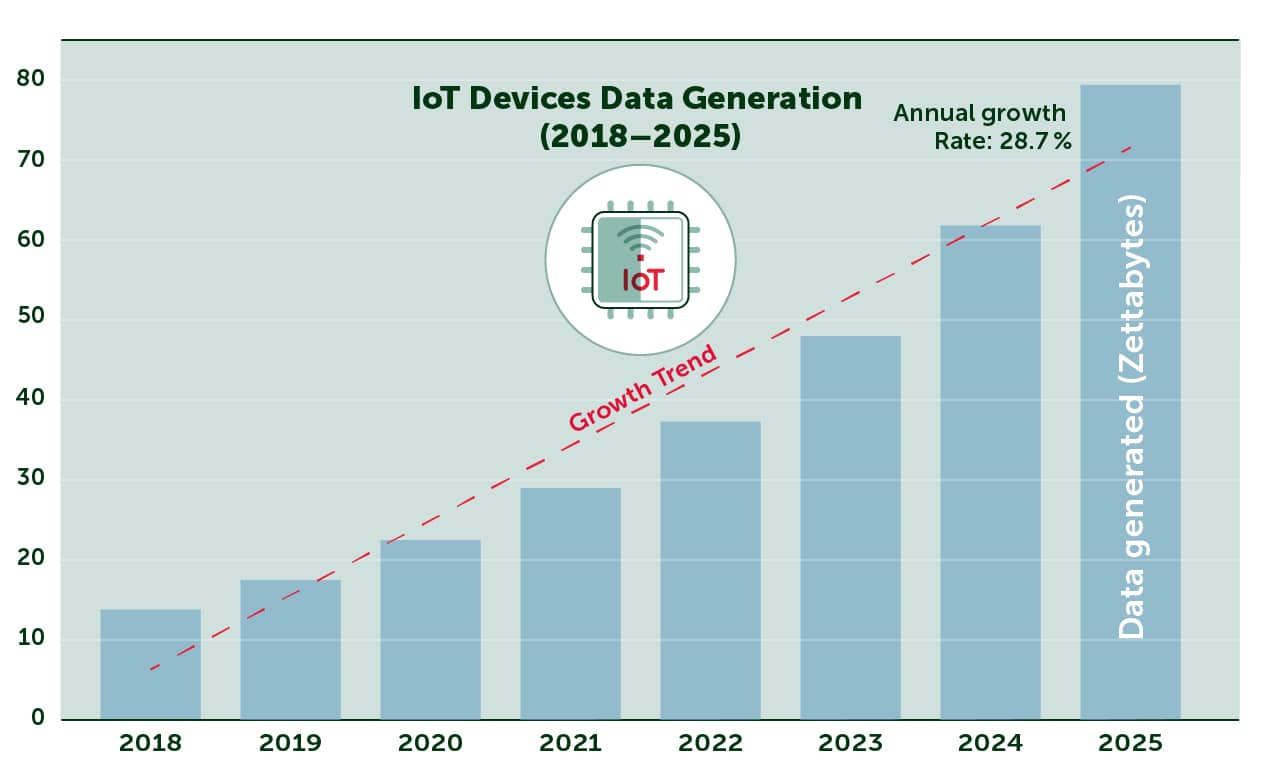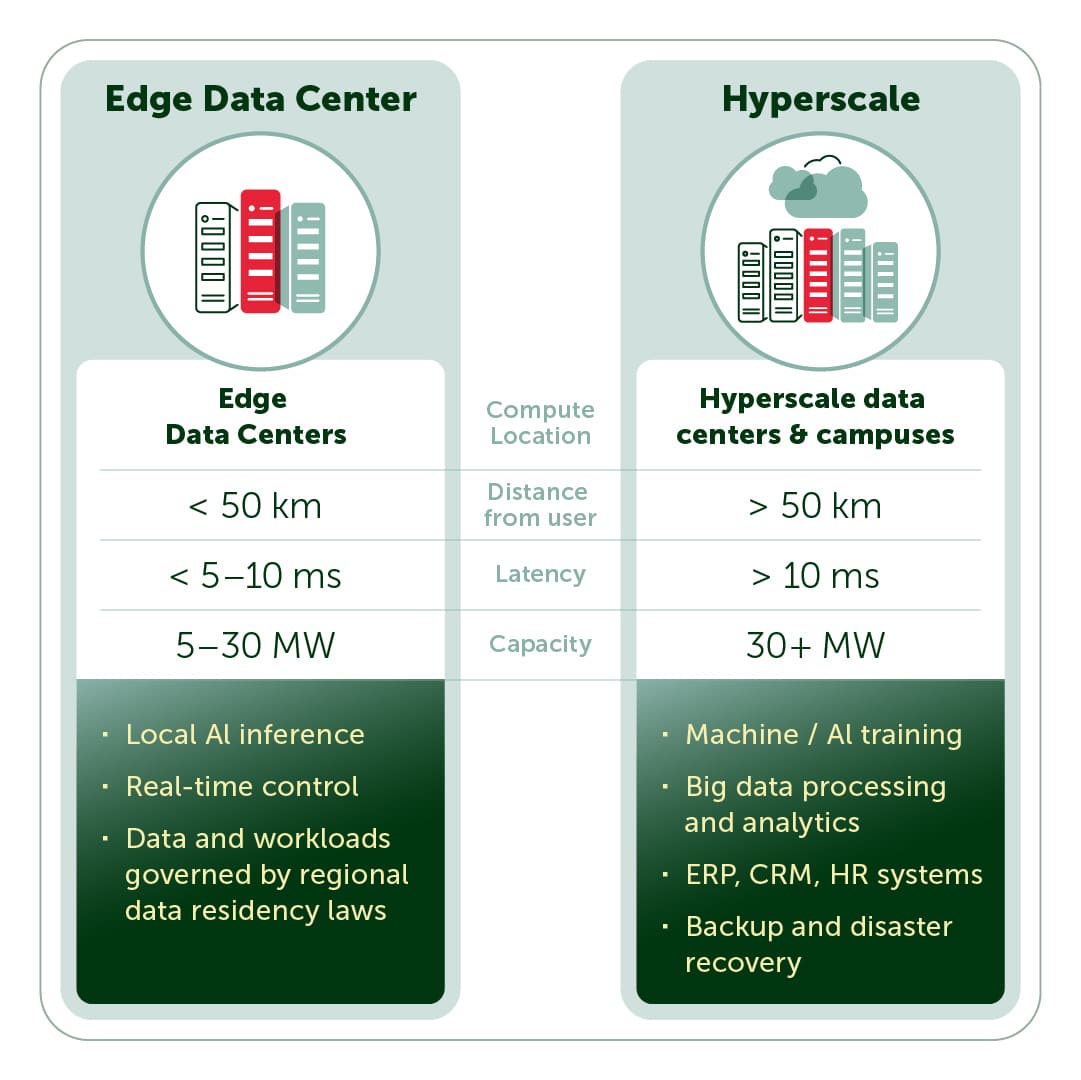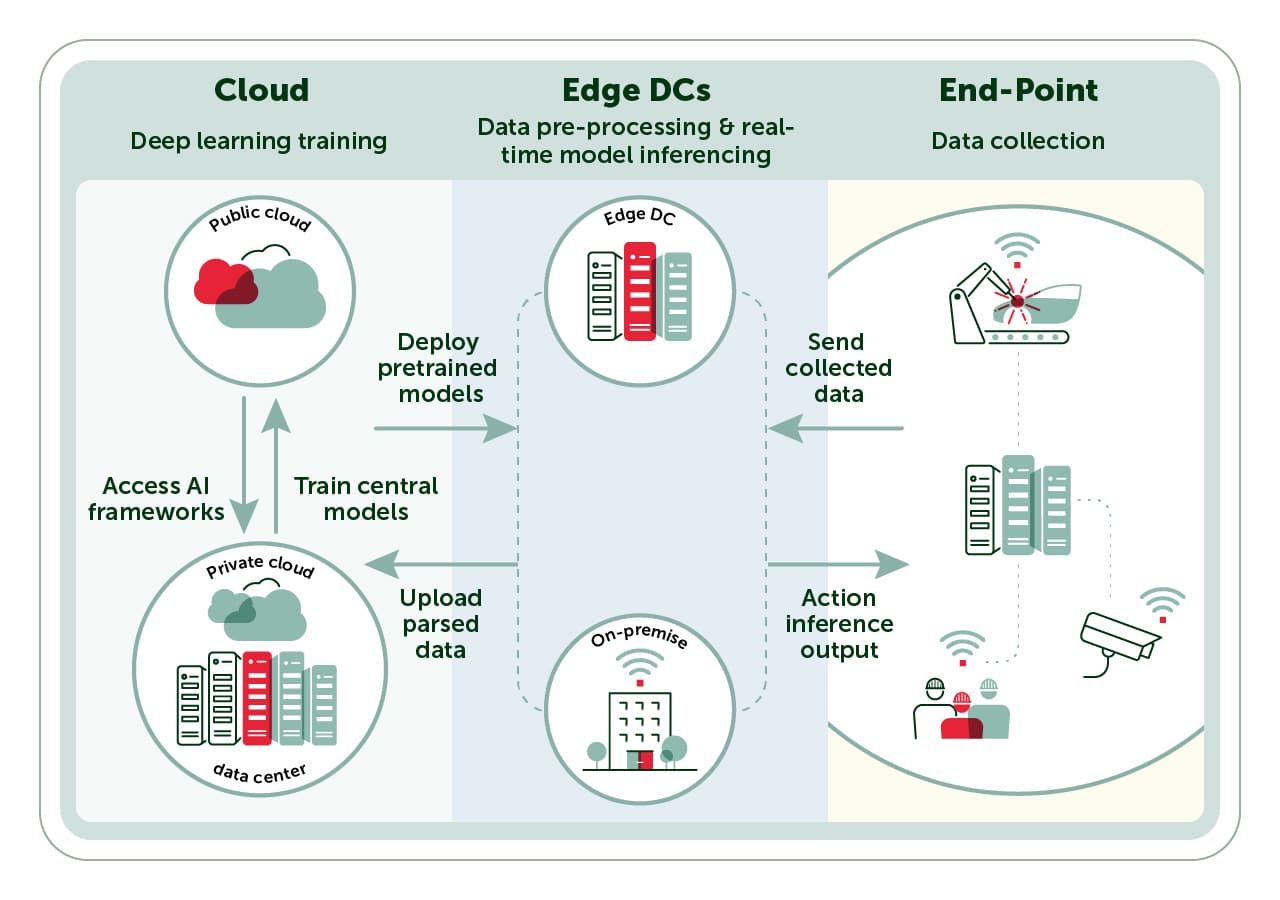As mid-market tech companies expand, they often encounter significant hurdles that can stall growth, especially limitations imposed by IT infrastructure.
Traditionally, many businesses have relied solely on premises, or centralized hyperscale data centers located in well-known tech hubs such as Frankfurt, London, Amsterdam, Paris, and Dublin collectively referred to as FLAP-D cities. While this model has historically provided reliability and scalability, it’s increasingly clear that relying entirely on centralized infrastructure comes with inherent limitations, especially concerning latency, cost control, and operational agility.
Understanding the Centralized Infrastructure Challenge
When operations expand rapidly, the volume of data and demand for real-time processing skyrocket. Research by Gartner 2025 explains that approximately 75% of enterprise-generated data will be processed outside traditional data centers or clouds, which is a sharp increase from just 10% in 2018. This underscores a fundamental problem with traditional data center models whereby centralized facilities struggle to efficiently manage latency-sensitive workloads, impacting performance for critical sectors such as:
- Finance
- Healthcare
- Gaming
- Artificial intelligence

Why does the Edge Matter?
Edge computing has emerged as an essential complement to centralized infrastructure, directly addressing the challenges of latency and local processing demands. A hybrid data center strategy combines centralized and edge facilities which allows organizations to process data closer to the end-user, drastically reducing response times and improving user experience. Forbes highlights edge computing as one of the top technology trends revolutionizing enterprise IT, emphasizing its necessity in today’s competitive digital landscape.
Hybrid Strategy: The Ideal Balance
The core advantage of adopting a hybrid strategy lies in its unparalleled flexibility. Businesses can strategically allocate workloads:
Edge Data Centers: Latency-sensitive tasks for optimal speed and responsiveness.
Centralized Hubs: High-capacity or archival workloads.
Facilities like those offered by nLighten enable further operational agility by introducing dynamic power management solutions, where non-critical workloads operate under metered energy regimes, significantly reducing costs and enhancing overall efficiency.

Cost Efficiency and Operational Agility
Cost efficiency is critical for mid-market companies scaling rapidly. Maintaining your own on prem. data center requires significant ongoing capital investments. Which can significantly escalate with workload that require more and more Power/Energy and the advanced cooling technologies that are needed to support this. Managing a data centre also diverts resources from core business activities, reducing your focus on strategic priorities In contrast a hybrid approach helps optimize resource allocation, balance capital and operational expenditures, and provide better financial predictability. This model is especially advantageous for mid-market companies operating within tighter budget constraints, allowing agility and competitiveness without excessive financial strain.
Environmental Sustainability and Corporate Responsibility
Beyond performance and cost, modern companies increasingly emphasize sustainability as part of their strategic objectives. Hybrid infrastructures are particularly advantageous from this perspective because edge data centers enable companies to engage in sector coupling integrating data center operations with municipal energy systems. This can involve harnessing excess heat to warm nearby residential or commercial properties, thereby significantly reducing carbon emissions. Additionally, edge data centers facilitate the use of renewable energy sources, such as solar, wind, and hydrogen, aligning IT operations with broader corporate sustainability targets and contributing to improved grid resilience.
The AI Imperative: Workload Optimization
Artificial intelligence has become ubiquitous across various sectors, requiring massive computational resources and instantaneous data processing capabilities. Hybrid data centers are uniquely suited to support AI workloads. For instance:
AI inference tasks: Handled efficiently at edge locations near end-users.
AI training tasks: Executed at centralized data centers equipped for heavy computational demands.
Regional and edge data centres will be a critical enabler for enabling European enterprises to adopt AI

According to McKinsey, the evolving nature of AI workloads is rapidly transforming where and how data centers are being designed and operated, highlighting the importance of a hybrid infrastructure approach.*
Future-Proofing Mid-Market Tech Growth
For mid-sized technology companies poised for growth, adopting a hybrid infrastructure strategy is not merely beneficial, it’s essential. Hybrid data centers provide a robust framework capable of adapting to evolving technological landscapes and shifting customer expectations. By combining centralized stability with the agility and responsiveness of edge computing, companies can effectively scale without encountering the traditional barriers of latency, cost control, and sustainability.
As the digital landscape continues to evolve rapidly, mid-market businesses that proactively adopt hybrid strategies will be better positioned to thrive. A carefully balanced infrastructure not only supports immediate growth but also prepares organizations for long-term success in an increasingly interconnected, data-driven world.
Learn more about evolving data center trends in our recent blog: Latency Redefining Digital Infrastructure
*McKinsey & Company, 2024. AI power: Expanding data center capacity to meet growing demand.




